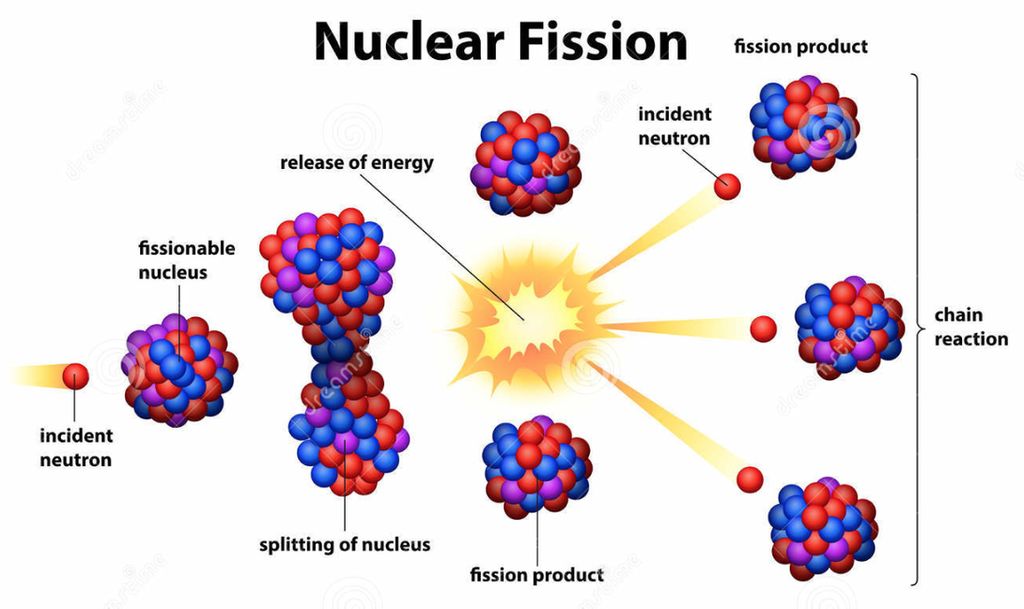

For example, 700 million years ago there was twice as much uranium-235 as it is today (1.3 percent), and four times as much 1.4 million years ago (2.3 percent). Since we know the half-life of uranium-235, we can easily estimate how much of it was available at different geological times. Uranium-238 decays at a much slower rate (it has a half-life of 4.5 billion years) than uranium-235 (half-life of 700 million years), so uranium-235 was available at a much high concentration eons ago than it is today. The proportion of uranium-235 relative to uranium-238 in an ore has been changing since the earth formed because uranium is radioactive and decays to other elements over time. A typical nuclear reactor requires between 3 to 5 percent uranium-235, and a nuclear bomb requires a whopping 90 percent. The uranium needs to be enriched first through a complicated process involving centrifuges and gaseous diffusion so that its concentration becomes at least 3 percent. However, this concentration is too low to induce nuclear fission. The three uranium isotopes are distributed in the earth’s crust with remarkable uniformity, so that any uranium ore mined today will contain exactly 0.72 percent of uranium-235. Between this two, uranium-238 is more stable, while uranium-235 undergoes fission more readily, and is therefore the most common fuel used in nuclear power reactors. All the three isotopes of uranium are unstable, and are weakly radioactive, but only uranium-238 and uranium-235 can undergo nuclear fission. About 0.72 percent is uranium-235 and a very small amount, about 0.006 percent, is uranium-234.

The most common form is uranium-238, which accounts for 99 percent of all uranium on earth. Uranium occurs in nature in the form of three isotopes, or variants that differ from each other by the number of neutrons in its nucleus. Photo credit: United States Department of Energy The mines have dried up today, but nearly two billion years ago there was enough uranium here to cause the rocks to undergo spontaneous nuclear fission.Ī billet of highly enriched uranium-235. For a brief period, Gabon also exported uranium, the precious raw material used in nuclear power plants and nuclear weapons. Its economy is dominated by oil, followed by timber and manganese exports. Gabon is one of the richest country in Sub-Saharan Africa, with a per capita income four times that of its neighbors. The nuclear age might have begun in America, but it was in Gabon where the world’s first fission reaction started.


 0 kommentar(er)
0 kommentar(er)
